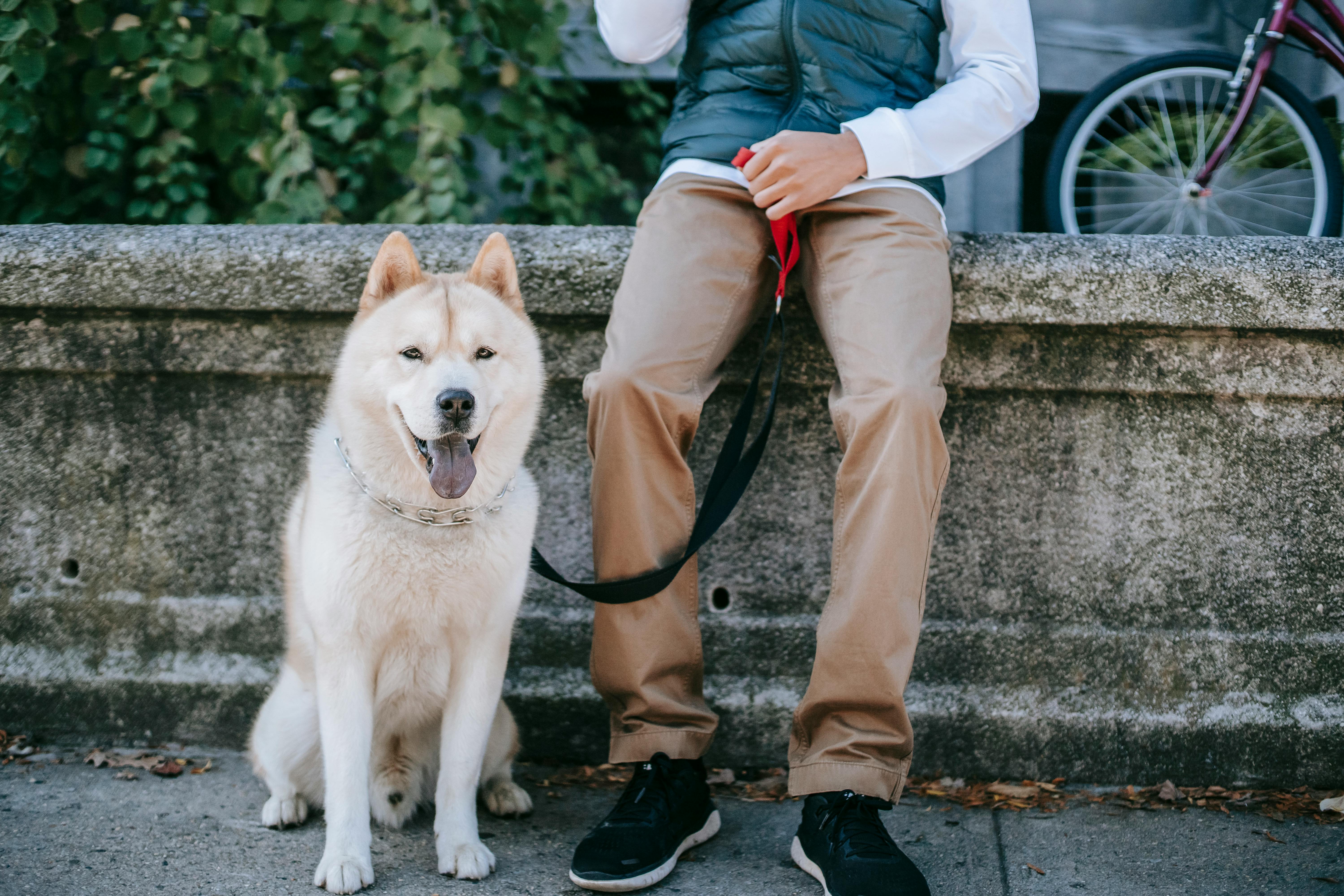The goal of this article is to help you decide if you are ready to raise a puppy, and if so, we provide tips and guidelines for your successful puppy raising process.
Making the decision
When deciding to get a puppy, there are several things to consider. First, consider how much time and energy you have for a new puppy, because puppies have special needs and will require a lot of extra attention on your part. Some puppies mature faster than others, and you need to know what to expect from the breed (for example, your young dog may appear adult but still has the energy and mental / emotional makeup of a puppy). Above all, you need to be patient and have the time and attention to give your puppy the proper care and training that it needs. They will need frequent feeding (3-4 times a month for the first 5-6 months), lots of play time with you, frequent trips to the vet, and lots of trips outdoors until they are fully housetrained (ideally every 2 hours). , but every 3-4 at least, and you’ll have to be prepared to clean up accidents regularly!). Ask yourself if you can realistically spend that much time on your puppy. If your lifestyle is too busy, you may do very well with a good rescue dog that doesn’t require as much attention and energy as raising a dog from a puppyhood.
The second aspect to consider is the liability factor. You can’t leave a new puppy alone for hours at a time. First of all, they need to go outside frequently so that they learn where to relieve themselves. Also, they need to interact at least every 3-4 hours, otherwise they could develop separation anxiety and other behavioral problems that can turn into big problems later in life. And even as an adult, your dog is your daily and ongoing responsibility – you can’t just go out at night or on the weekend or constantly stay up late after a long day at work, especially when raising a puppy.
The third thing to consider is the cost. Are you prepared to pay the vet bill (all puppies need shots and basic checkups, and there may be unforeseen emergencies you have to handle)? If you’re at work all day, can you afford a dog walker to make sure your pup gets the exercise and care he needs every day? The puppy will require healthy, high-quality, preferably natural food, toys and treats, as well as leashes, collars, a cage or enclosure, a cage pad or a bed. If you decide to take your dog to a professional groomer when he’s older, that’s another expense. Even if you groom your dog at home, you will likely need flea and tick treatments, as well as shampoos, brushes, nail clippers, and other personal grooming items.
Caring for your new puppy
Here are some tips on puppy care, puppy rearing, and puppy safety:
Feeding: Puppies need to eat 3 to 4 times a day until they are 5 to 6 months old. At this age, start cutting back on their noon meal and divide the leftover amount between morning dinners, until you stop feeding them at noon. Watch your puppy for signs of weight gain and adjust his diet accordingly. Overweight dogs will experience a variety of health problems that can be easily avoided with a proper diet, and different dogs will have different dietary needs. Find out how other people feed dogs of your breed and use it as a guide as the puppy grows. But keep in mind that there is no definitive rule about how much to feed your dog – I had two puppies from the same litter and they had completely different metabolisms! The most important thing is to give your puppy a varied and balanced diet that is as natural as possible. See our section on [dog food] for more information on choosing a healthy diet for your dog or puppy.
Chew and Toys – Your puppy will go through a teething period and whatever is within reach is fair game. My friend’s puppy consumed a cell phone charger and I had no idea it was wrong or dangerous; I was at that stage, like a little boy who discovers the joy of drawing on the walls. Cage training can help teach your puppy to chew on what is given to him, so that when he gets out of that phase, your shoes, the TV remote control, and other things that you probably wouldn’t even consider tempting will remain safe. When raising a puppy, make sure he has plenty of safe and healthy things to chew on. Personally, I don’t recommend giving a puppy (or even an older dog) toys with parts that can be chewed and swallowed because you never know. I mean, if a teething puppy can chip a cell phone charger and eat all the pieces, I’m pretty, she will tear that cute little animal to shreds and ingest parts it shouldn’t, and this can (and does) cause disease, expensive trips to the vet and sometimes death. So supervising your dog if you give him these types of toys is a good idea, whether they are puppies or adult dogs, but while raising a puppy that is teething!
Cages: It is ideal to have a cage or enclosure when raising your puppy. An enclosed area will make you feel safe and will be a great help in your pet’s house training. The enclosure should be located in a common area where the puppy feels included in the “pack”. If using a cabinet, place it on a hard, easy-to-clean surface or get a piece of hard plastic to use as a floor. I raised a couple of Scottish puppies in a crib that I lined with a piece of plastic from a frame store. This gave them ample space to play with each other, but was small enough for them to feel safe. Some people have a box inside a larger pen around them. This gives the puppy space to play and exercise, while also providing a “den” to rest and sleep. Dogs are burrowing animals by nature and have a small space to sleep in, especially when they are younger, so don’t overwhelm your pup with a huge cage. They are also genetically programmed to be part of a “pack” and will suffer if left alone for more than 2-3 hours at a time. If you need to be away for longer periods, definitely get a dog sitter, walker, or friend to spend time with your pup and gradually start introducing him to the idea of being alone for longer periods as he gets older.
Collars: A puppy’s collar will need to adjust as it grows. It should be able to fit about two fingers wide between the collar and your neck, but it shouldn’t be able to slide over your head. If you do, your pup will surely find a way to get it off, and he could chew on it and harm himself.
Fleas and Ticks – Your pup will likely attract fleas, and there are several flea remedies on the market, from standard flea collars to monthly topical treatments and natural remedies. If you are using a flea treatment such as a topical oil formula, be sure to apply the proper dosage for your puppy’s size and weight. There are many good natural flea shampoos available now. I recommend them over the standard brands because many dogs have dry, itchy, and irritated skin from the usual commercial things, so if your pup isn’t itchy from fleas, he’s biting from the shampoo! If Lyme disease is a concern in your area, talk to your vet about vaccinations. Lyme disease is transmitted by deer ticks, and dogs get it very easily, especially in wooded areas. My first vet didn’t like getting the Lyme shots even though I lived in an area where Lyme disease was prevalent. Both of my puppies contracted Lyme disease at 18 months, and after that I really wished I had gone to another vet and had them vaccinated. Some people don’t like vaccines so it’s up to you, but be aware of the risks.
Injections – Be sure to keep your puppy up to date on all his vaccinations and regular vet checkups. Be sure to speak with your breeder and your veterinarian to determine the appropriate vaccination schedule for your dog. Puppies are born without an immune system, so it is critical that they receive certain vaccinations to protect them from certain common canine diseases. The American Veterinary Medical Association recognizes that “basic” vaccines for dogs include distemper, canine adenovirus-2 (hepatitis and respiratory disease), and canine parvovirus-2. Other recommended vaccines are leptospirosis, coronavirus, canine parainfluenza, and Bordetella bronchiseptica (both causes of “kennel cough”) and Borrelia burgdorferi (causes Lyme disease).
Here is an “average” vaccination schedule for puppies to give you an idea of what to expect, but this is in no way intended to replace professional veterinary advice for your particular dog:
5 weeks – Parvovirus (some puppies may need an additional parvovirus boost after 15 weeks).
6 and 9 weeks: a “combination” or “5-way” vaccine that includes adenovirus for cough and hepatitis, distemper, parainfluenza, and parvovirus. This injection may also include additional vaccines.
12 weeks or more – Rabies
12 and 15 weeks: Combination vaccine plus other vaccines such as Lyme, coronavirus, leptosporosis where these diseases can be a concern.
Adult dogs: reinforcements as needed.



